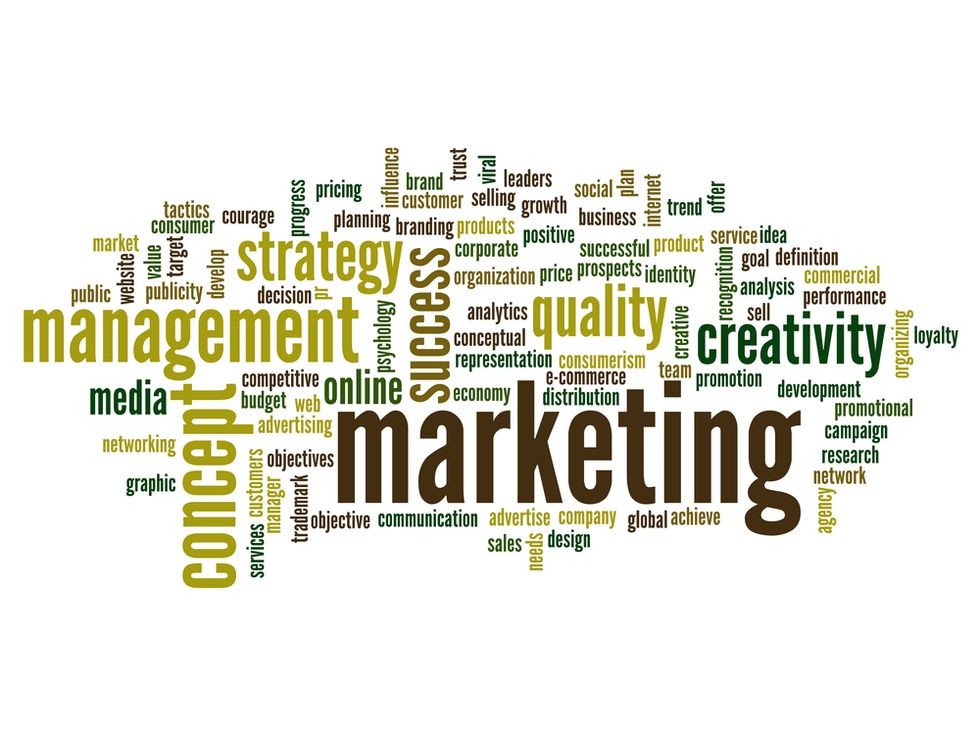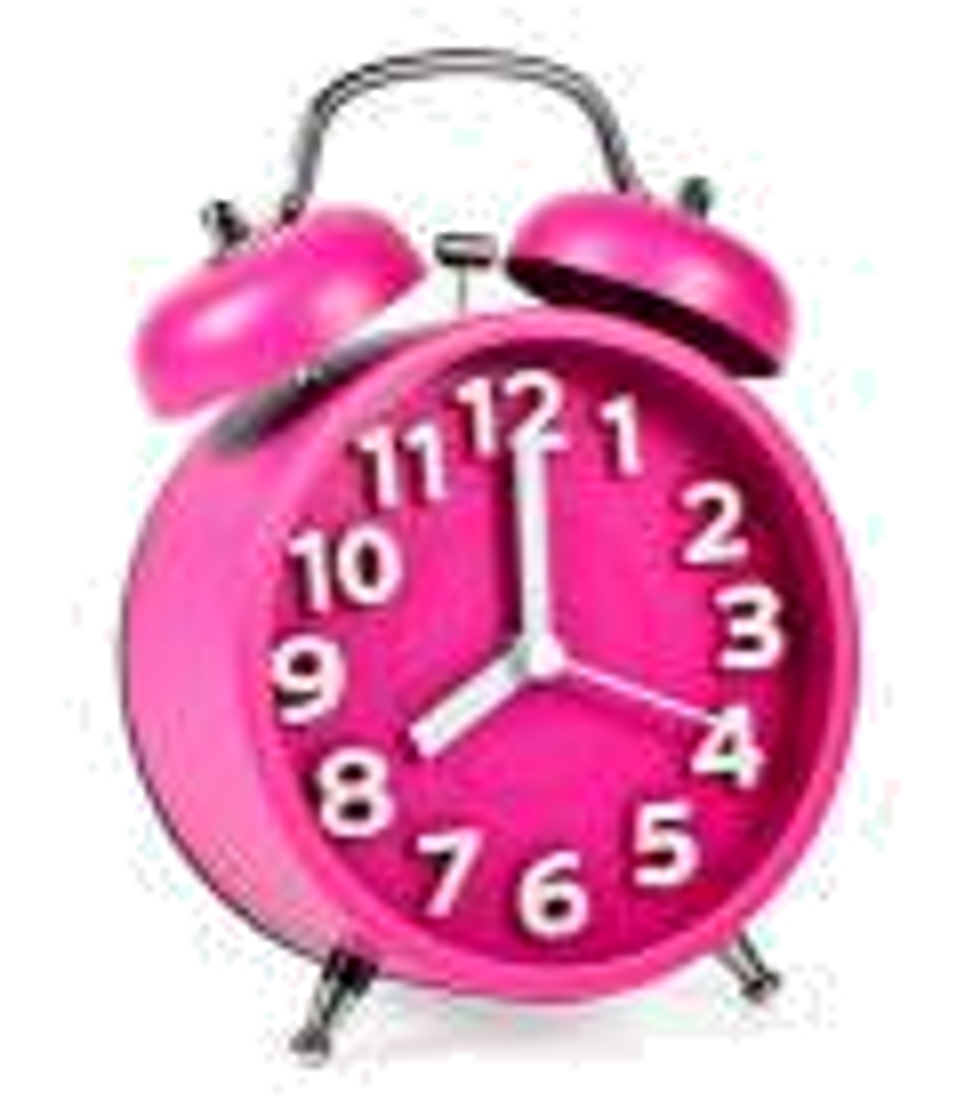
There's an endless amount of online tools that you can use to differentiate yourself from other job seekers or employees over the course of your career. Here’s an example of the many uses one tool has for the presentation of your accomplishments and other information about your work:
Wordle
Wordle creates a word cloud of a given document’s content. It makes words larger if they are used more frequently in the text you pasted. Since word clouds feel more like an image than text, they can serve data in a refreshing and instant way. Ease of use is such an important element to content consumption that many people will avoid posts that seem like too much work to read. Our habits have become to skim things rather than read them word for word more often than not, so any summary or analysis is greatly appreciated by the typical user. The following seven suggestions all make data consumption easier, and also exhibit a willingness to find an alternate solution that many potential employees may not have. Try one of these or share an option you’ve used to stand out to employers or in your field.1. Determine the most important elements of a job description.
By simply pasting a job description into Wordle, you can get a visual of the important abilities for that job in a way reading the block of text wouldn’t show you. CAREEREALISM founder J.T. O’Donnell tells you how to do that in this video.2. Paste your LinkedIn recommendations in to see what others think your strengths are.
If you’d like an assessment of your talent from the people who have worked with you, there’s no need to contact a bunch of them if you already have some of their opinions. Paste their recommendations into Wordle to see what they valued most about working with you.3. Insert your recent tweets to see what you have talked about or who has talked to you most lately.
You may find that there’s a subject/person or two that you know quite a bit about. You can show your expertise in that area or improve the value you’re providing for that person to become an authority in your field.4. Use your past job descriptions to look at what you did most often or most notably.
If you want to know what potential employers or connections are looking at when they see your LinkedIn profile, use Wordle to visualize your page. Make sure what you’re sharing is what you’d like them to see most!5. Create a thematic synopsis of an article you want to share (or don’t have time to read).
If you know people within your network that like to be as efficient as possible when learning new information, show them a word cloud about a story you read (especially if you wrote it) to teach them the basics. It just may pique their interest as another offer you made to help them!6. Find out what related information you could spin off into a new article.
Creating a high volume of high-value content can be a challenge. If you’re struggling to craft a new topic to write about, try turning to your most successful post for inspiration. Creating another article with similar (but not duplicate) content gives your readers another lesson to learn that they may have already shown interest in before.7. Discover the most commonly used words on your site and compare them to your readers’ most popular search terms.
On a similar note to the previous tip, you can use a Wordle of analytics data or suggested Google searches to find out what people are clicking on or want to read more about. With those categories in mind, you can focus your time on the most valuable subjects for both you and your readers! If you have a word cloud or other visual representation of data that you're especially proud of, share it with us here! Enjoy this article? You've got time for another! Check out these related articles:
Enjoy this article? You've got time for another! Check out these related articles:- Best Interview Preparation Tool Ever
- 3 Steps To An Outstanding Personal Branding Statement
- Is Your Personal Brand Wrong?

 Bigstock
Bigstock Bigstock
Bigstock Bigstock
Bigstock


